The reality of life in Europe's refugee camps
-
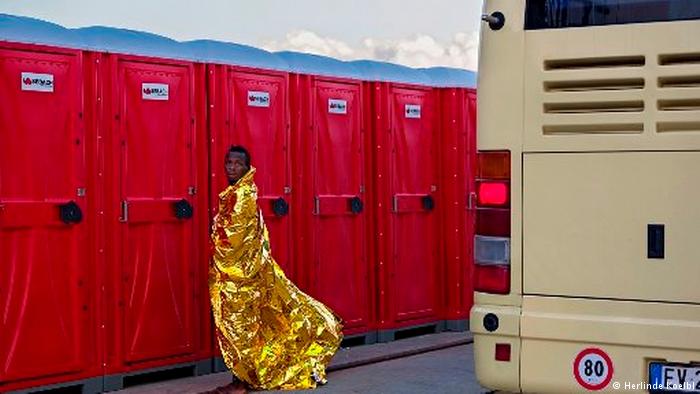
Refugees' daily lives: a picturesque moment is captured on camera. Photographer Herlinde Koelbl took this photo in Sicily, where thousands of refugees, many from Africa, had just been assisted after arriving. Some rested in makeshift initial reception centres, while others waited in buses. The media hubbub had already passed as this man headed to the toilet. Koelbl happened to be standing nearby and captured the image -
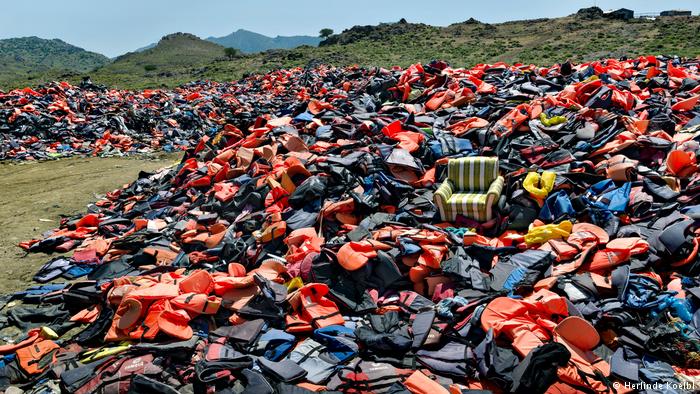
Behind the scenes: many pictures have been published of dazed refugees being rescued from over-crowded boats and given life jackets. However, pictures of what goes on behind the scenes are few and far between. Herlinde Koelbl looks for unusual themes and often finds images that tell their own stories -
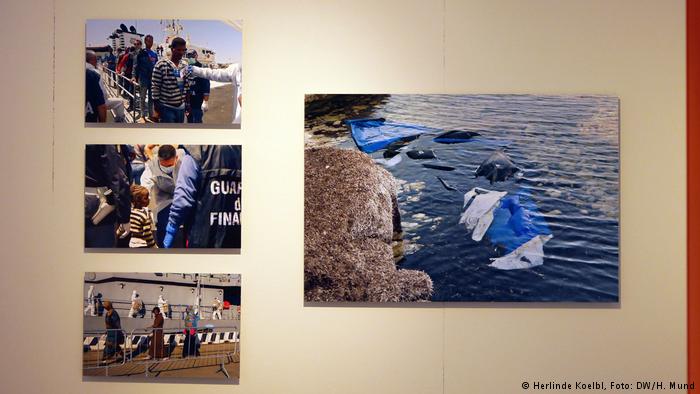
The journey to Europe: clothing floats in the water on the Mediterranean coast, drifting from shore to shore. No one knows whether the people who wore these garments survived the dangerous journey across the ocean, or whether they were among the thousands who drowned -
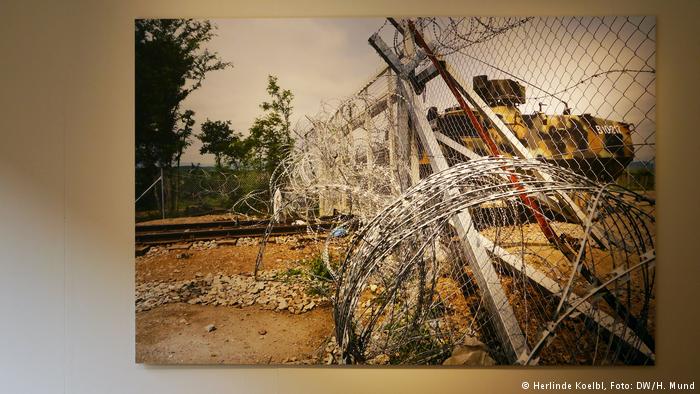
Barricaded fortresses: the outer borders of European countries have been militarily fortified with barbed wire and sometimes tanks to ensure no-one enters. Koelbl visited some of these outposts and found that even in the shadow of such barriers, refugees attempt to establish themselves. Some live in small tents erected on the ground and hang their laundry to dry on barbed wire -
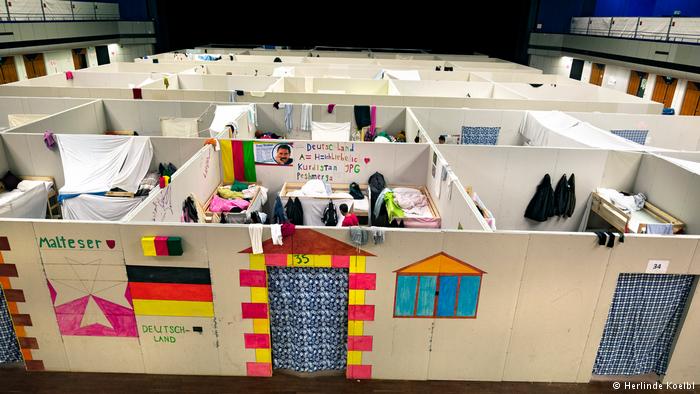
5 x 5 metres in Germany: like small pods or cells that link together to form a larger network of dwellings, these emergency shelters are located in a German refugee reception centre. At the very least, the spaces offer more privacy than wind-tattered provisional tents in camps in Greece or Macedonia, says Koelbl -
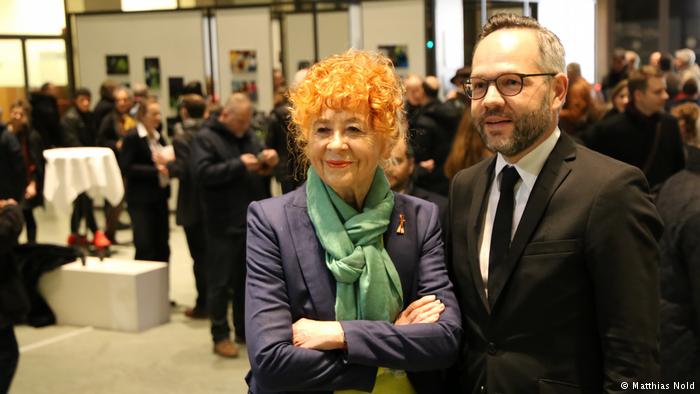
A history of politically motivated photography: the first stop for Koelbl's photo exhibition was the German Federal Foreign Office in Berlin. This picture shows the photographer, who initially worked as a fashion designer, at the opening. Herlinde Koelbl has also made a name for herself through previous politically ambitious photo projects, including "Traces of Power" and "Fine People" -
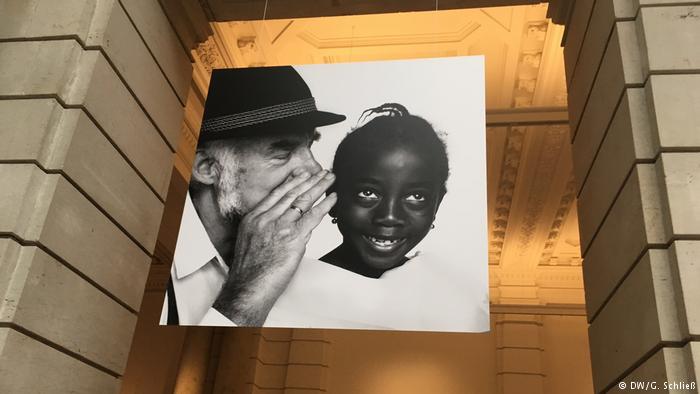
A long-term commitment: Herlinde Koebl enjoys focusing on a single subject over a long period of time. Some of her previous photos of refugees can be found on display at the Berlin Museum of Communication in the series "Silent Mail: From Hearing and Understanding." Her "Refugees" exhibition will be on display at the Munich Literaturhaus until 7 May and will then travel to New York
https://qantara.de./en/node/29654
Link
To all image galleries
